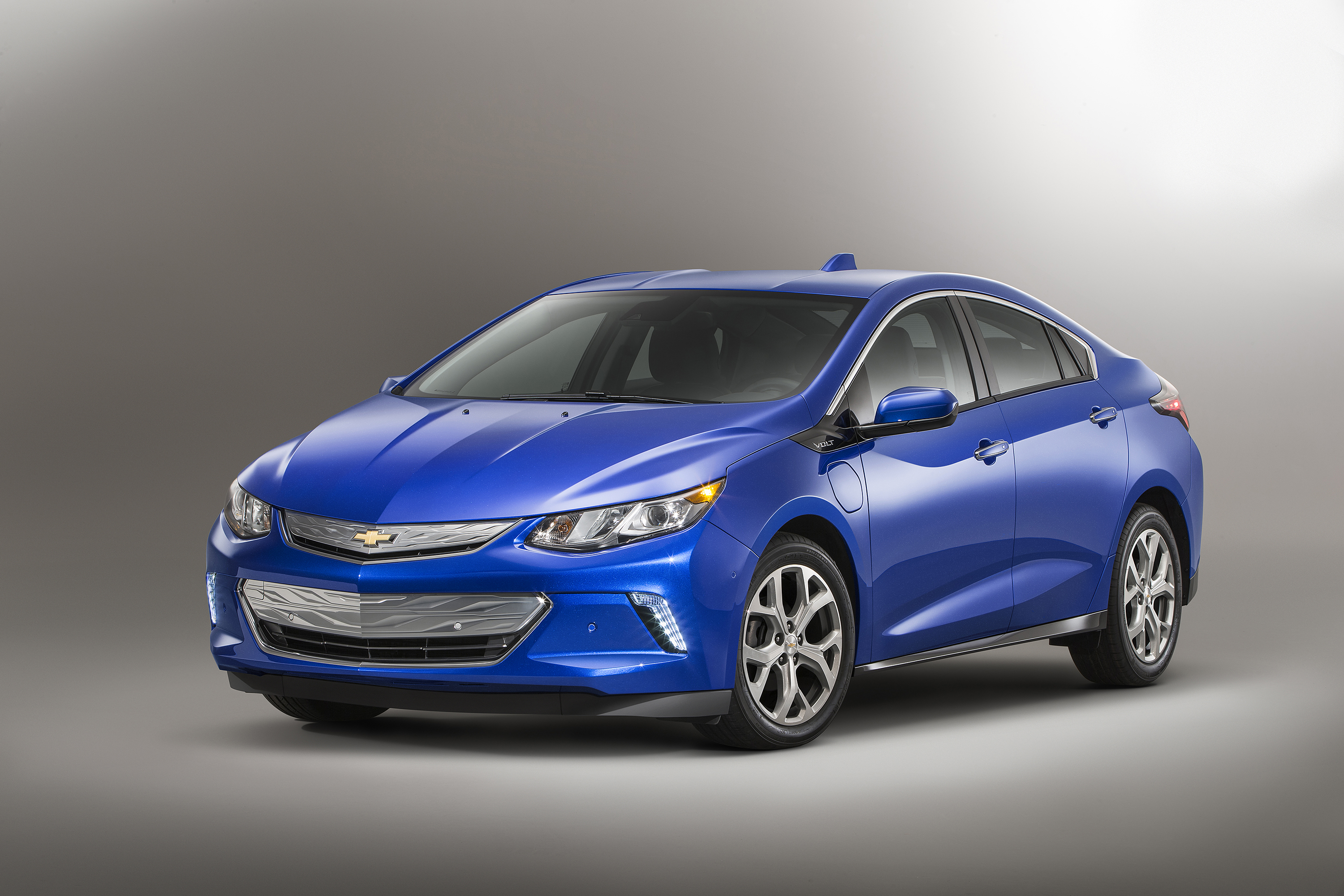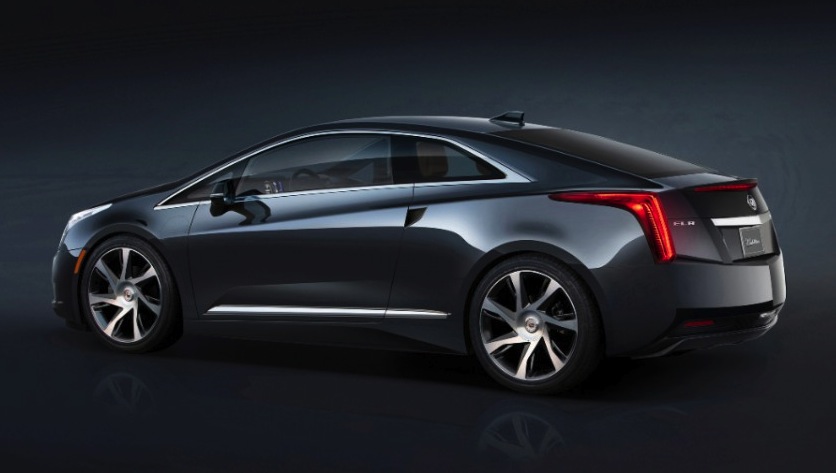Chevy Volt

The Chevy Volt was a popular hybrid car from General Motors. It was killed in late 2018 in favor of an all-electric future.
I love the Volt; I was one of the early buyers of the Volt, and I get a lot of emails from Volt buyers and I get it,” said [GM president Mark] Reuss. “But at the end of the day, if we can get the battery chemistry vertically integrated, correct, and cost-effective, and our control systems are taking everything we’ve learned from Bolt and Volt on how to use the battery to get more range and be cost effective… the customer is going to be much, much happier by doing a pure EV than a stopgap.
Chevy Volt reviews and news
The Volt wasn’t a failure by any means. As we learned in 2016, GM delivered its 100,000th Chevy Volt in the US and the fleet racked up 1.5 billion electric miles on a total of 2.5 billion.
It’s an interesting statistic, which shows that the Volt successfully replaced with electric miles 1.5 billion miles that would have normally been gas-powered, but it also highlights the need for fully electric vehicles since GM’s Volt fleet still used gas for an important 40% of its total mileage. Hopefully, the percentage will go down with the increase in electric range that came with the 2016 Volt, which now has a fully electric EPA rating of 53 miles.
For comparison, Tesla’s global fleet of roughly 150,000 vehicles travelled over 2.6 billion electric miles. While the fleet is slightly bigger, the Volt has been on the road for two more years.
Toward the end of its life, the Chevy Volt was getting better and better on an all-electric range. A 7.2 kW charging system cut recharging times nearly in half, by adding about twice the all-electric driving range per hour of charge (standard on Premier trim and available on LT trim).
The Chevy Volt was already the “most electric” of all plug-in hybrids, but the 2019 model year update made it even more electric than it already was.
Chevy Volt Pricing
Although the car is no longer being made, you can still find used models on various lots. Electrek has done the hard work of finding the best deals. Find the lowest purchase and lease price on our dedicated pricing pages.
Get the best local deal from Electrek



